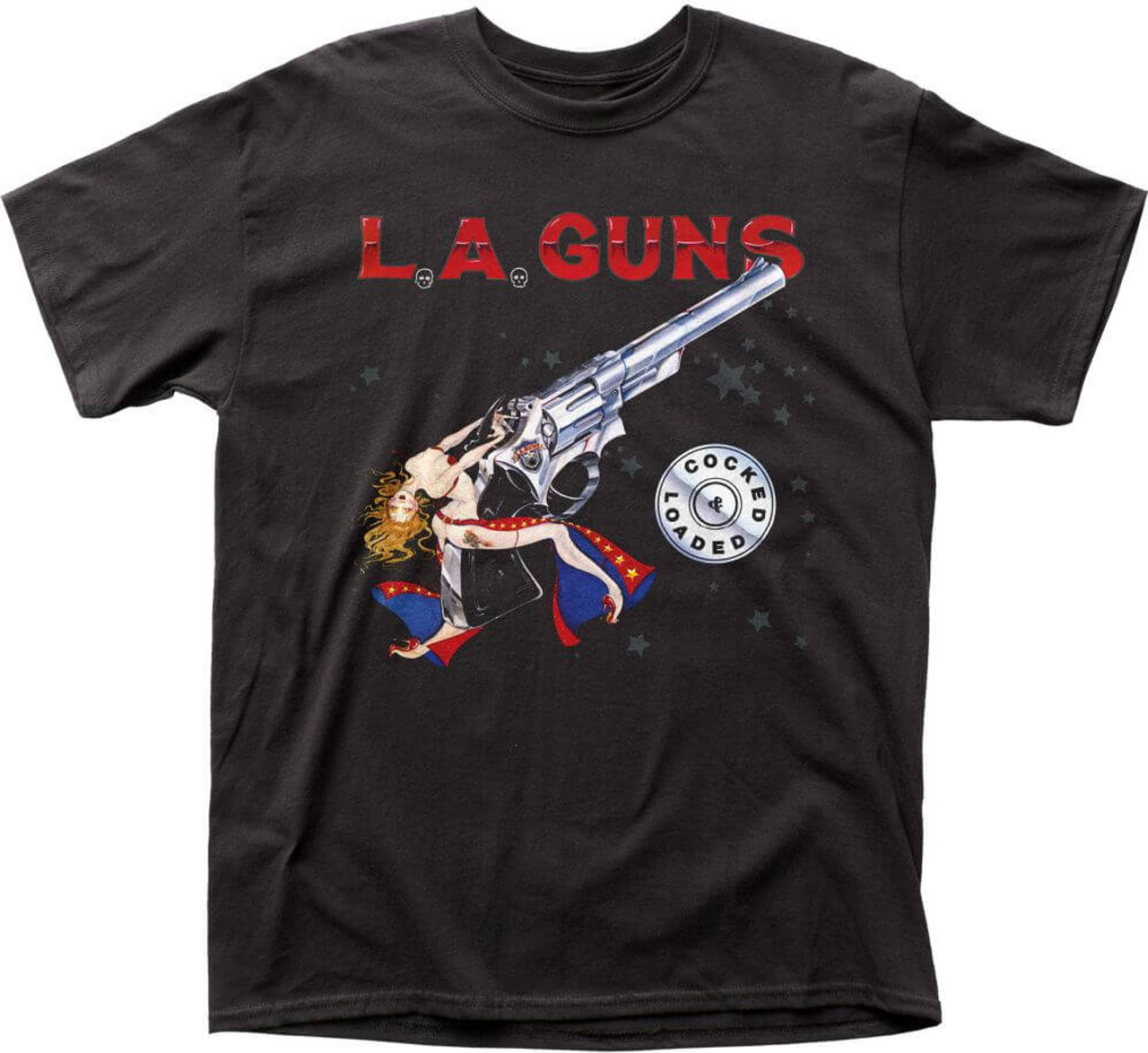
The overcrowding of the scene with bands indistinguishable from each other and the arrival of grunge on the main stage via Nirvanas Nevermind in 1991 led to the swift decline of hair metal in terms of sales, popularity, radio play, and most importantly, relevance. Just like with hip-hop in the late ’90s or the merging of punk-pop and emo to the point of singularity in the early ’00s, hair metal was another recipient of the music industrys tendency to overindulge. radio, proving the extreme marketability (and profitability) of these bands and music, the industry did what it always does it cloned the shit out of the popular sound until it was horribly diluted and a pale comparison to the original. Once the juggernauts that were Slippery When Wet, Def Leppards Hysteria, and Guns N Roses Appetite For Destruction rocketed up the charts and became ubiquitous on U.S. However, upon the release of Bon Jovis Slippery When Wet in 1986, and subsequently thereafter, the term was positively associated.Īs the decade winded down, hair metal had became the largest, most commercially successful brand of music in the United States. Hair metal was a somewhat derogatory term when first applied to pop metal to describe the look of these bands and this style of rock. Because of the slick productions, overindulgent attitudes, and tendency to favor style over substance, many critics and fans of the harder metal bands began to refer to most pop metal bands as hair metal, deriving their derision from the backcombed, frizzed-out, aqua-netted hairstyles associated with their glam brethren.
-20130608063306.jpg)
Rex, New York Dolls, and Gary Glitter would also lend a bit of their aesthetic influence, especially in regards to the androgynous look, first presented by Finnish band Hanoi Rock, and adopted by the majority of pop-metal bands. The music and song structure was an extension of the hard rock of ’70s bands like Aerosmith and the partying of Van Halen, with the theatrics and flair of artists such as Kiss and Alice Cooper (all of whom had minor comebacks as a result of the genres popularity).

Boosted by ever increasing airplay on MTV (even creating the metal-centric Headbangers Ball), these rockers with their penchant for guitar hooks, elaborate fashion, makeup, and wild hair topped the charts, sold millions of records, and received a lions share of radio airplay for much of the latter half of the decade.īeginning as pop metal, the most commercial of the heavy metal sounds, the music was centered on the guitar via catchy riff-driven hooks and indulgent solos. As the popularity of new waves second wave began to decline in the mid ’80s, hard rock bands, mostly out of the Los Angeles club circuit, like Motley Crue and Ratt, started to fill the vacancy. The ’80s generally can be broken into two parts new wave in the beginning and pop/hair/glam-metal for the end.


 0 kommentar(er)
0 kommentar(er)
